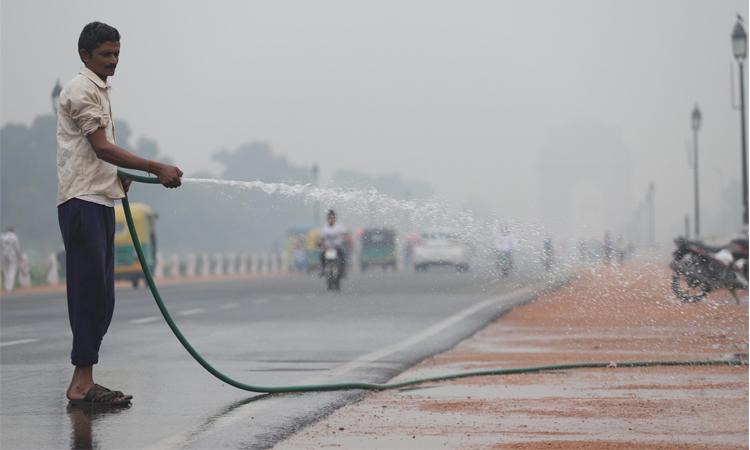Despite strong wind speed, air quality of the national capital dipped to 'very poor' category, with the hourly average air quality index at 316 micrograms per cubic meter on Sunday afternoon.
The Ministry of Earth Sciences has advised sensitive groups to reduce prolonged or heavy exertion. If asthmatic, keep relief medicine handy, it emphasised.
Out of 39 pollution monitoring stations in the city, the air quality index is highest in Jahangirpuri area in northwest district, followed by 276 at Bawana. It is the least at IGI airport at 68 micrograms per cubic meter.
According to the System of Air Quality and Weather Forecasting And Research (SAFAR), "Surface winds are high and West-Southwesterly direction and forecasted to stay high for the next 24 hours and gradually decrease."
The air quality index is likely to marginally deteriorate and remain in the poor to very poor category on February 7. Very Poor air quality is forecasted on February 9 and 10, the forecast further stated.
Delhi's neighbouring regions - Faridabad, Noida, Greater Noida, Ghaziabad and Gurugram are also logging 'very poor' quality of air.
Ghaziabad and Noida's air quality remained the worst amongst all, with very poor air quality of 338 and 322 micrograms per cubic meter, respectively.
An AQI within the limit of 0-5 is regarded as good, 51-100 is satisfactory, 101-200 is moderate, 201-300 is very poor and 401-500 is considered severe.


















